Marie-Anne de Bavière, Dauphine de France
Maria-Anna Christine Victoria born on 28 November 1660, the future mother of Spain’s first Bourbon king, was the oldest daughter of Ferdinand Maria, Elector of Bavaria, and his wife Princesse Henriette-Adélaïde de Savoie, granddaughter of Henri IV de France.
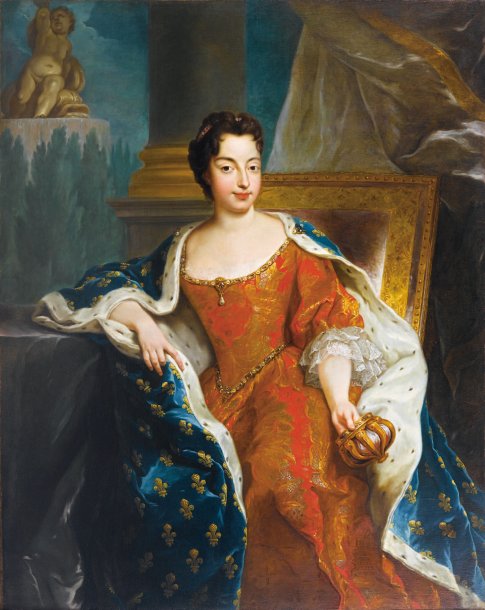
Born in the Bavarian capital Munich, Marie-Anne was given an education to prepare for a future role as Queen. Aged only eight, around the time girls began their education to become fine ladies, she was engaged to Louis de France, the heir of Louis XIV. Her mother paid great attention to the practical parts of her education. Along with her native language German, she also learned French, Italian and Latin. The princesse was educated in matters of literature, art and music as well. She could play the harp and harpsichord quite perfectly, draw and write poems, dance gracefully and sing.
Louis XIV was rather interested in the progresses the princesse made and sent frequent embassies to report back to him. What he heard was quite pleasing. Marie-Anne grew up well-educated and became an intelligent, virtuous girl. Always willed to please and help… but there was a bit of a problem. She did not have the beautiful features of her mother and grandmother Christine. In fact, she was considered to be rather ugly. All portraits that had been sent to France were painted not according to the truth, but portrayed her with flattering features.
While Marie-Anne dreamed of a bright future as Dauphine, her soon-to-be father-in-law inquired whether his son would mind to marry an ugly girl. The Dauphin, being not much of a looker himself, said he does not care much about it, as long as the girl was somewhat smart.
Thus the marriage negotiations went ahead. There was, of course, a political motive behind this marriage. For Louis XIV it meant Bavaria would side with him against the Holy Roman Emperor. For Marie-Anne’s family it meant an elevation of importance and rank. Especially Marie-Anne’s mother was delighted at the thought of seeing her grandchildren grow up at such a promising court, with the possibility of becoming kings and queens. Unfortunately, Henriette-Adélaïde de Savoie died before she even saw her daughter married.
On January 16 in 1680, it was finally time to seal the deal. The Duc de Croque, with instructions from Louis XIV, formally asked for the hand of Marie-Anne on behalf of the Dauphin. Marie-Anne, and her father, accepted happily. At this point the marriage contract was actually already signed for two weeks. Marie-Anne was married to the Dauphin by proxy shortly after, at the end of January, but did not actually see her husband before the beginning of March.

Marie-Anne left her native-lands for France and met her already-husband on 7 March 1680 in Châlons-sur-Marne. With her entrance into France, she became Madame la Dauphine, the second most important woman of France. Although the new Dauphine had anticipated becoming just that, it soon turned out that she was not really made for the job.
As always, when a new face appeared at court, as he had done with Liselotte von der Pfalz too, Louis XIV showed himself from his most charming side. The fact that the Dauphine spoke fluent French, although with a strong accent, was rather pleasing to him and the court gossiped about what happened at Strasbourg. As the local authorities greeted the Dauphine in German, she amused everyone by saying “Messieurs, parlez-moi français!” Court and King considered it to be a good sign. A sign that meant this German girl would make a marvellous Dauphine and a mother-like Queen. The Sun King was quite charmed and the court agreed that if one pays not too much attention to the face, the Dauphine can be pleasant company. Even Liselotte, thinking herself to be rather ugly, could not resist to describe the Dauphine as horribly ugly in one of her letters.
Louis XIV even teased “If she has wit, I shall rally her about her plain looks” before meeting her for the first time. Her husband found her, at least, pleasant enough to perform his duties. King and Dauphin tried their best to make the new German at court feel comfortable and welcome, but like the old German at court, her Wittelsbach-relation the Duchesse d’Orléans, Marie-Anne did not really feel comfortable. She had been educated and prepared for the role, but once in France, everything felt alien to her.
Marie-Anne was intelligent, but lacked the very important wit and quick tongue necessary to survive the court of the Sun King. She did not understand the French humour, the way of teasing and mocking, which Madame de Montespan perfected and made fashion. She was charming… but a bit boring to most. Her husband felt the same. He tried to please her, get her to engage, to participate in court-life, to find joy in her representative activities. All in vain. The Dauphin gave up and turned towards more interesting company.
The King, who had allowed her to keep Barbara Bessola, a German maid, in her household, soon began to regret his decision. Like his son, he tried long and patiently to make Marie-Anne feel a certain joy in doing what she had to do, but the more he tried the more unsocial she became. He blamed Bessola for it. Instead of enjoying the life at court, the Dauphine remained in her rooms to talk in her mother-language with that Bessola, even when French ladies were present.

Three years into the marriage, Marie-Thérèse d’Autriche died. For Marie-Anne, it meant that she was the most important woman of France now and although not yet Queen, nevertheless expected to fill the vacant role. Again, Louis XIV tried to made her feel comfortable with this new position and again it was in vain. Also Liselotte von der Pfalz, to whom the Dauphine had formed an attachment, tried, in their native language, to inspire courage and joy. In vain as well. The Dauphine was considered not to be fit for higher offices.
As sort of last resort, the King even suggested to have Barbara Bessola, who held no rank at court and thus could not take part in court life, married to a man, who would enable her to take part in court life. He did it in hopes that if Barbara Bessola was allowed to enjoy court life, it might lure the Dauphine out of her rooms. The Dauphine, however, refused the suggestion. Saying it would divide the heart of Barbara.
The situation seemed quite hopeless, but Louis XIV was not yet willed to give up, although he got more and more annoyed due to the Dauphine complaining of maladies he thought to be only imagined. The King firmly believed that some sort of gallantry and acts of kindness, might, at some point, make Marie-Anne realise that there was a world, a loving world, outside her chambers. He arranged games and lotteries, along with all sort of entertainments for her, but she rebuffed him with lack of interest each time… thus, after years of trying, he gave up on her as well. At last, the Dauphine realised that she was now fully abandoned.
Nobody at court had any kind of interest in her anymore. The only ones who cared for her were Madame and Madame de Maintenon… thus she took to telling the latter what the first had said about her and the king in private, in order to at least be of some importance to them. Madame de Maintenon later used these confessions to humiliate Madame after the demise of Monsieur.
While the Dauphine withdrew more and more from court, her husband amused himself otherwise. He did actually like his wife, but her company bored him like nothing else. Nevertheless, three children were born to them. Louis de France, Duc de Bourgogne, in 1682. Philippe de France, who became King of Spain, in 1683. Charles de France, Duc de Berry, in 1686.
It seems that one reason for Marie-Anne’s self-inflicted isolation, might have been indeed her face. She was much troubled by her lacking beauty and hated to pose for paintings and engravings. In a beauty obsessed place like Versailles, lacking beauty made her depressed. A other, was certainly her health. She was constantly plagued by some sort of malady and some sort of fatigue. As mentioned, the King thought those to be imagined, in order to escape performing her duties as Dauphine, but also the physicians were not quite sure if she actually had some kind of illness or not. Saint-Simon later described her to have been always dying.
By 1689, the Dauphine was in such a bad state, she was hardly able to leave her rooms, those the Queen had lived in and Marie-Anne moved into after her death, even if she wanted to. She suffered of a general weakness and fevers. Apparently, she lost a lot of weight, but her body also showed signs of pregnancy by swelling. After all examinations had been performed, a pregnancy could not be confirmed. Instead, the doctors discovered an abscess in the lower abdomen, explaining all previous complains.
Nothing could be done to remedy it. The Dauphine died in her bedroom, aged twenty-nine, on April 20 in 1690.
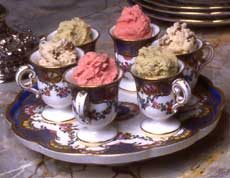

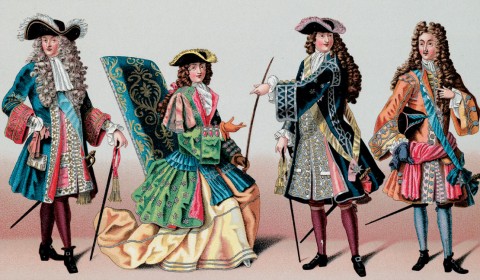
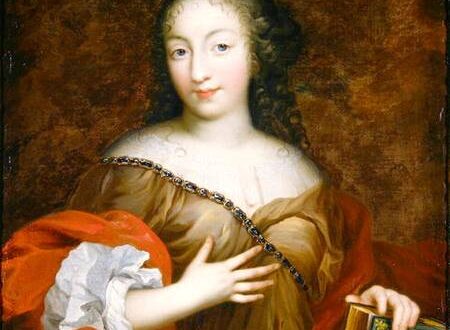
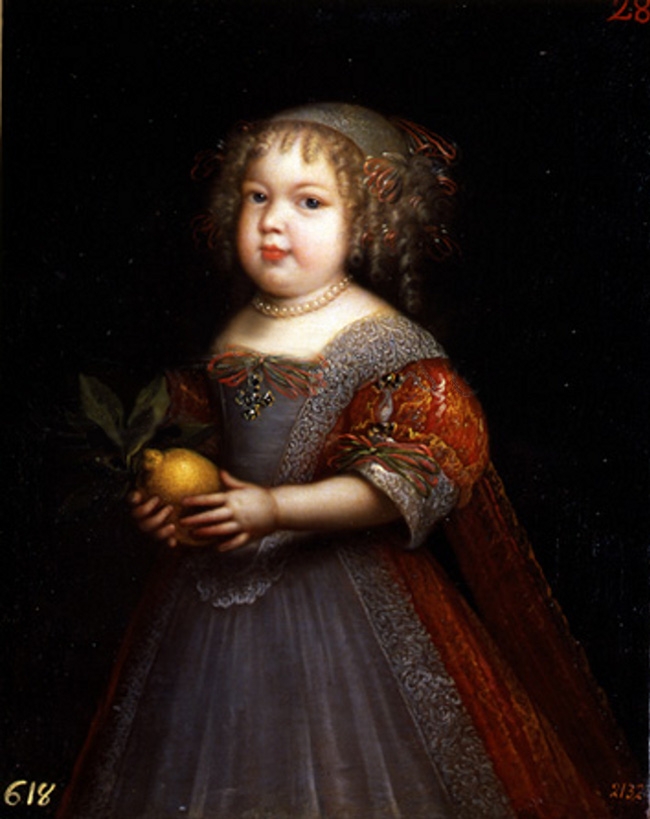
One Comment
Gary McCollim
This biography omits the famous quote that the King made when talking to the Dauphine about her desire to remain in private. He is quoted as saying that We (meaning the royal family) are not private individuals (particuliers in French) and the we have to live in public implying that it was the duty of the royal family to be seen by the public such as it was in seventeenth century France.